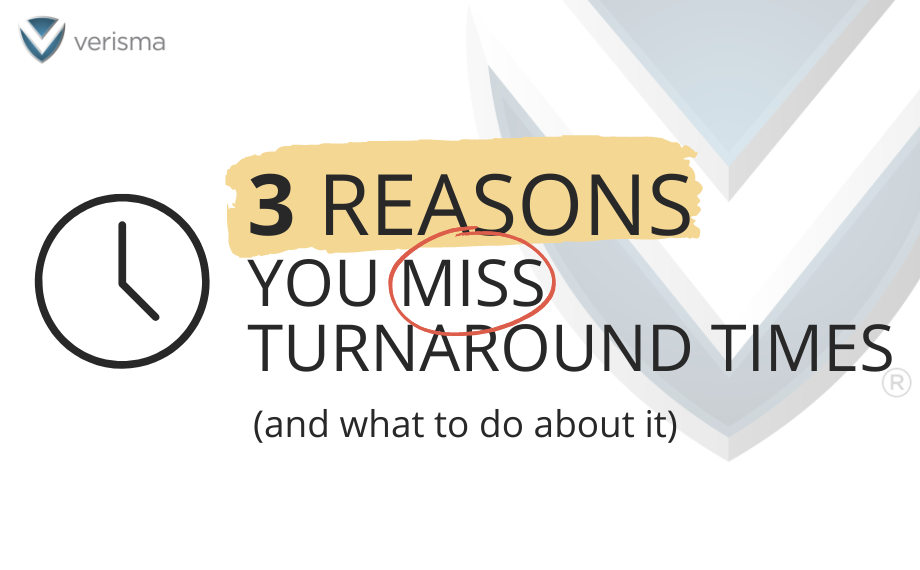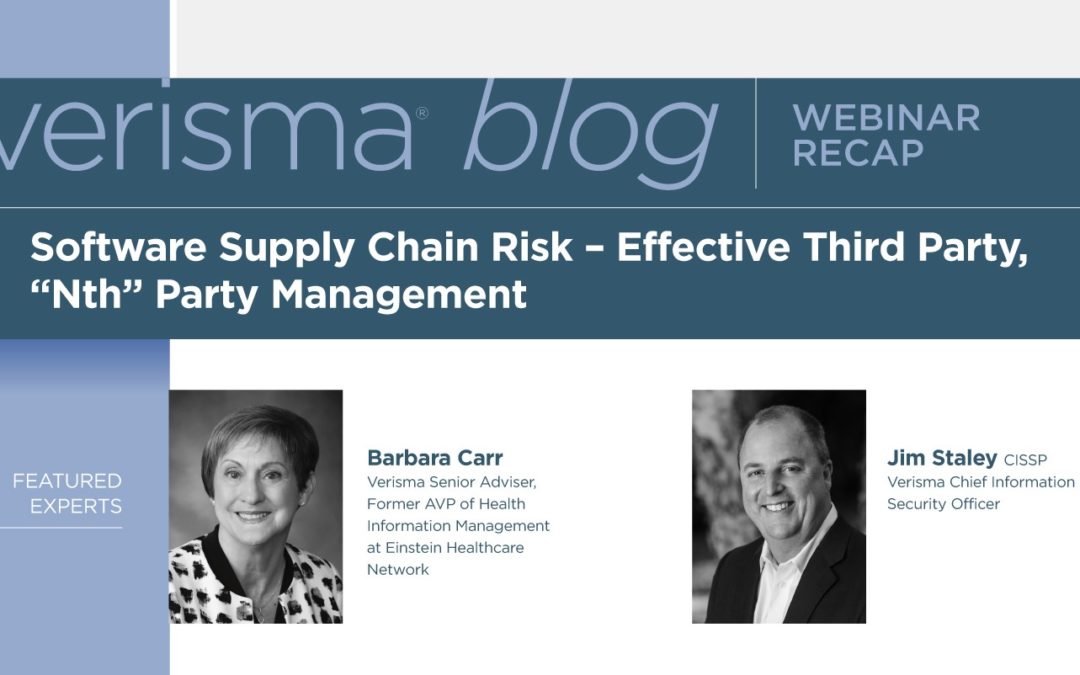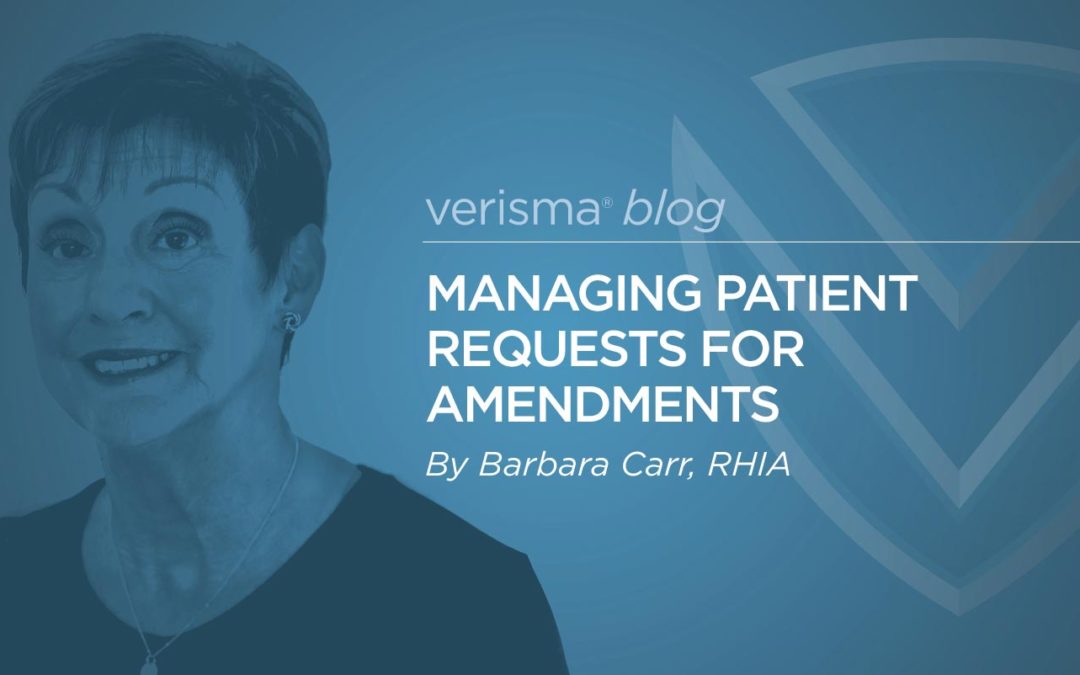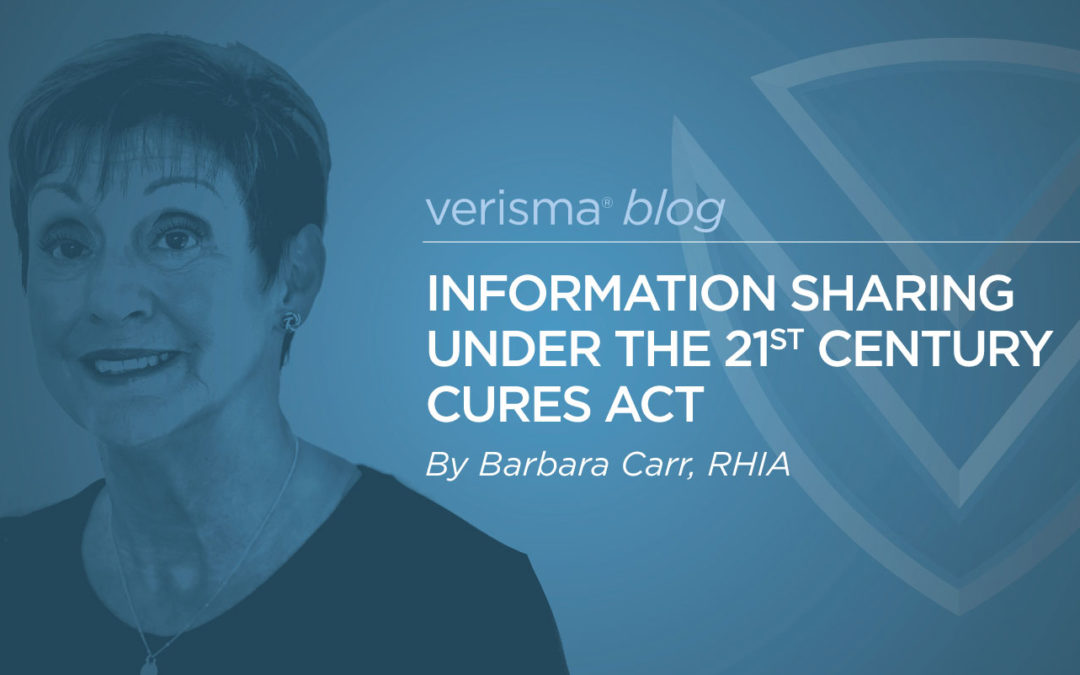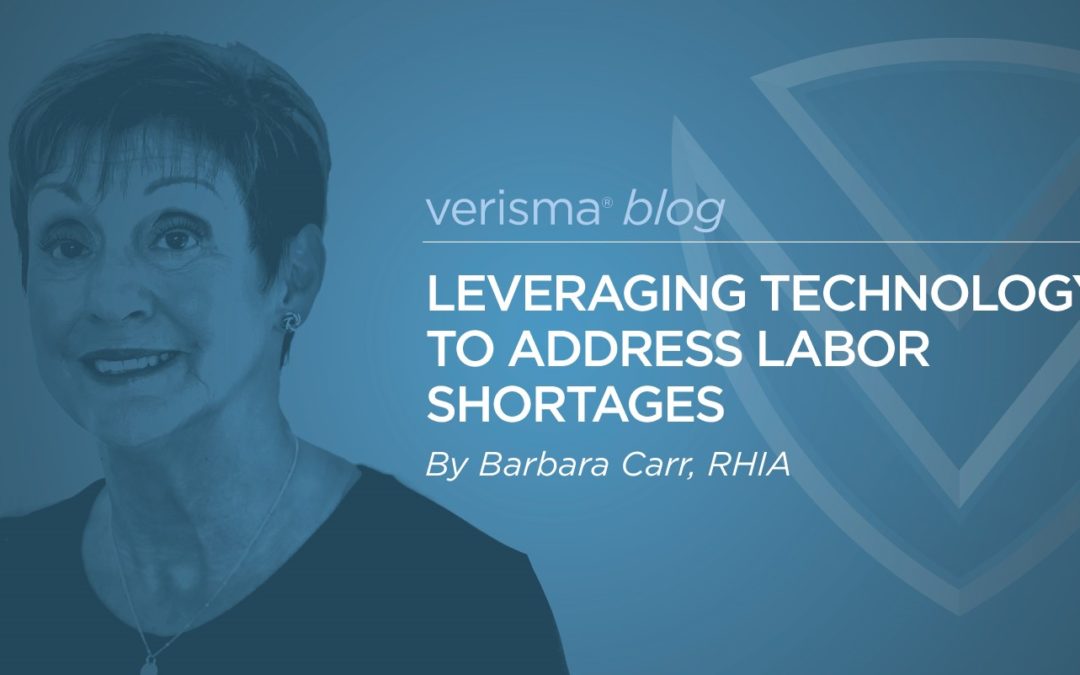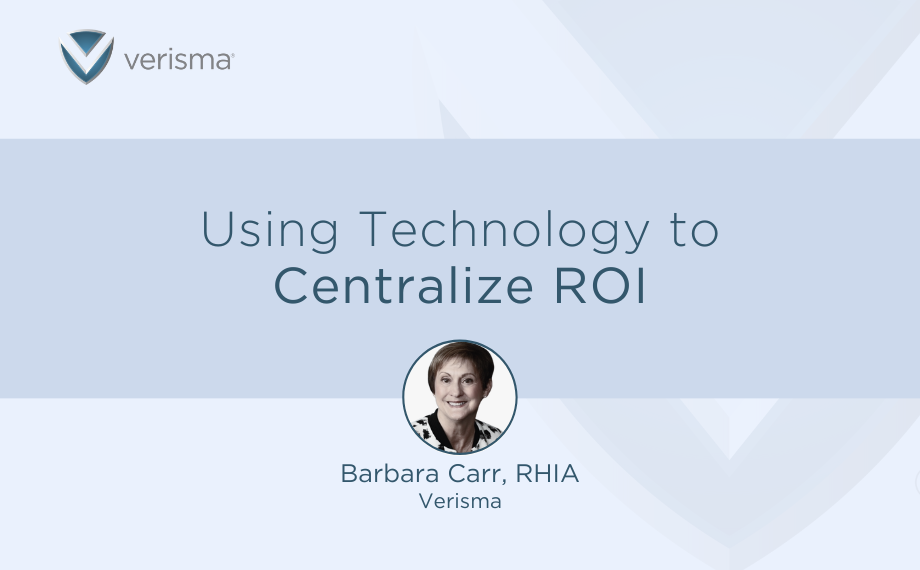
Using Technology to Achieve Centralized ROI
I have spoken often about how urgent it is to centralize your release of information (ROI) processes. COVID, hybrid workforces, Information Blocking requirements, as well as the upcoming anticipated HIPAA changes with a reduced turnaround time to 15 days, have put more pressure on healthcare organizations to move to a streamlined unified process to manage requests for healthcare information that are flowing into their organizations and landing in various locations.
Having disparate processes and various policies sets your organization up for compliance risks in addition to redundant and costly processing. Are all incoming requests making it to your ROI team in a timely way or are they sitting on fax machines, or desks waiting days to be entered into the system? We need to ask ourselves; can we truly account for all disclosures of protected health information taking place across our entire organizations?
Without a centralized intake process, the answer is probably no.
Once you make the commitment to centralize your ROI process, you will need the right technology to make it work. Some questions you may have include:
- How will various requests get into a centralized system?
- How will you be able to ascertain and prioritize the types of requests that are coming in across your system?
- How will you know where the requests are coming from and what, if any, backlogs may be creeping in?
- How will you be able to manage the input of requests?
- How can you report on the success of centralized process?
All these questions can be answered by utilizing the right technology and partnering with the right ROI vendor. Of course, you will need sound policies and procedures, but without the technology, it just doesn’t work.
The Verisma Release Manager® (VRM®) platform with its powerful Verisma Inbox™ technology can help your organization centralize and streamline the request intake process and aid in reducing redundancy, improving productivity and turnaround time, and providing metrics and visibility into your ROI operations. Here’s how:
- Utilizes smart barcode technology that automates the entire request intake by healthcare facility, giving you 100% visibility.
- Centralizes and automatically categorizes all requests based on rules you specify. This helps effectively prioritize the time sensitive requests so they can be worked on first.
- Requests can be received from multiple sources with duplicate requests flagged to reduce multiple releases of the same record to the same requestor.
- Everything visible on one page enables faster processing of each request. The actual request/authorization images, its current status, who in production the request is assigned to, and any important instructions/notes regarding the request is all visible on one page.
- Built in retrieval protocols available to the ROI workflow specialist so they know where to go across your disparate record sources for each record type being requested supported by built-in policies and procedures specific to your organization. No need to search elsewhere for this information.
- Comprehensive analytics that produce metrics on volume, productivity, turn-around-times, workflow compliance, and financials by multiple data levels including by facility, employee, request types, delivery methods, etc., make managing a centralized process a more efficient and manageable process than ever before.
Examples of how the right technology can be an invaluable asset in the management, compliance, and overall efficiency of an enterprise-wide disclosure management process include a large, complex, multi-hospital health system who discovered, and quickly resolved, a significant request back-log challenge that was due to their previous decentralized ROI approach. Within weeks of implementing the Verisma Inbox tool, this organization is now realizing the benefits of one centralized solution to processing ROI requests. They now have immediate visibility into their volume and turnaround time metrics across all sites, greatly reducing the risk of future backlogs.
Utilizing advanced technology along with well thought out policies, procedures, and staff training, can make managing a centralized approach to ROI across your enterprise a highly achievable objective.

